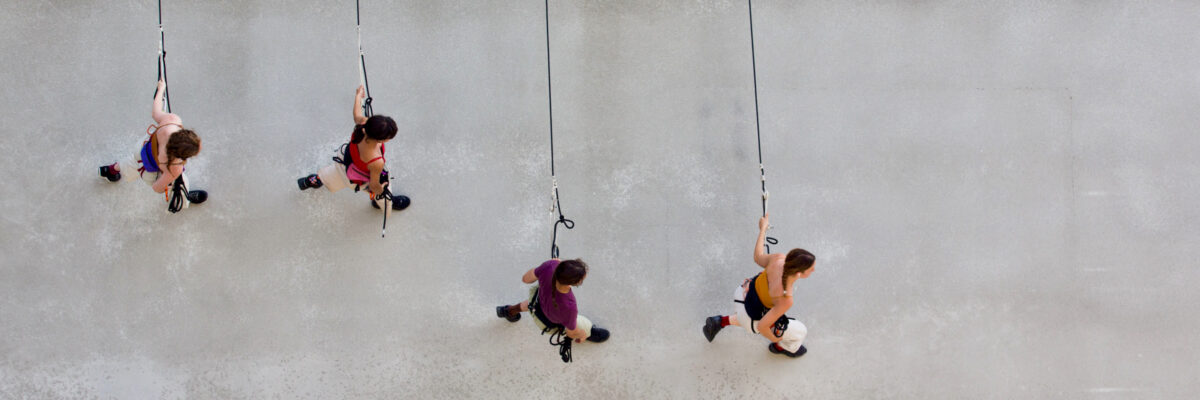In the past few years, led by global movements such as #metoo and Black Lives Matter, the questions of eurocentrism, sexism, racism, and other forms of discrimination have come to the fore in Western societies at large. In different contemporary dance worlds, these movements have led to a variety of initiatives, organizations, and legal proceedings. The questions of inclusion and discriminations have touched not only the professional world but also dance schools, which saw the emergence of a variety of student led initiatives. European contemporary dance and its educational programs, tend to present the knowledge created within it as internationally valid or even universal, bringing up a clash with non-dominant forms of contemporaneity.
While the questions of discrimination, sexism, and racism are global, there are many ways in which such questions find particular expression in the dance world and in dance education:
• dancers work with their bodies with proximity and intimacy,
• artistic creations are often busy with pushing dancers beyond their known aesthetic and physical limits,
• the relations between employers (choreographers) and employees (dancers) are often multiple – including relations of friendship, of love and hierarchical relations are often reversed from project to project,
• dancers often work across cultures,
• the division between self and worker is complex.
These are some of the reasons diversity-related questions have touched the dance field in particular ways.
This research departs from the observation that different dance schools practice diversity in a variety of ways. The location of each institution, the prevailing dance culture, the working language, the teaching body, and the curriculum are all variables that influence the creation of institutionally specific ways of practicing diversity and they all engender different degrees and forms of inclusiveness and exclusion towards the student body. Starting from understanding precisely how such variables articulate to produced specific forms of diversity and exclusion in each institution, the questions Diversity in European Higher Dance Education is asking are:
• What kinds of diversity practices are already in place in these institutions?
• How do different dance institutions recognize and deal with issues of exclusion or discrimination when they arise in the student body?
• How do the students see and articulate their own experiences of exclusion or discrimination when crossing one of these educational programs?
Tackling those issues in a transnational and dance specific environment is crucial in order to avoid blind spots and produce outputs that are specific to the particular art form.
Team
Gabriel Schenker, dancer, academic director of the Bachelor in Contemporary Dance at La Manufacture
Michael Pomero, dancer and teacher at P.A.R.T.S.
Moya Michael, dancer and teacher at P.A.R.T.S.
Rolando Vázquez, professor of decolonial theories and literature at Amsterdam University
Rosalba Icaza, teacher and researcher at the Utrecht University
Zoë Poluch, Assistant Professor of Dance and Head of the Bachelor Program in Dance Performance at Stockholm University of the Arts
Chrysa Parkinson, Professor of Dance at Stockholm University of the Arts and teacher at La Manufacture
Fabián Barba, artist and teacher at La Manufacture
Selby Jenkins, alumna of PARTS (Gen XIII)
Renan Martins de Oliveira, alumnus of PARTS (Gen IX)
Catol Texeira, alumnus from La Manufacture
Bastien Hippocrate, alumnus of La Manufacture
Marit Shirin Carolasdotter, alumna of Uniarts Stockholm
Further information
Partnerships
Erasmus+
La Manufacture
HES-SO - Haute école spécialisée de Suisse occidentale
Universiteit van Amsterdam
Stockholms konstnärliga högskola (SKH)
This project is co-financed by The European Union through the Erasmus+ Cooperation Partnerships scheme.
The project has a dedicated website where one can follow the proceedings. of the research


